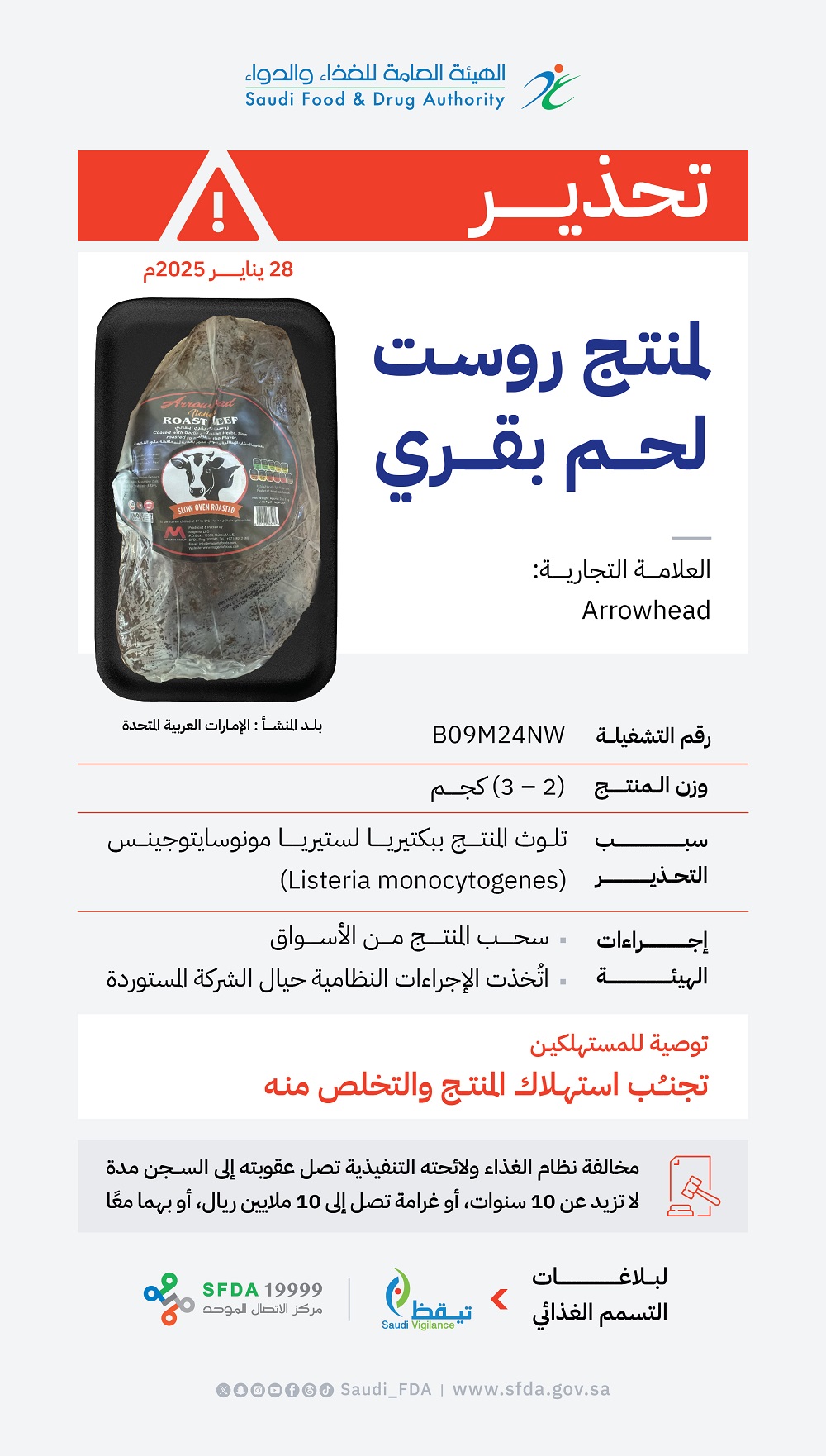
SEVERE BONE, JOINT AND/OR MUSCLE PAIN WITH THE POPULAR BISPHOSPHONATE DRUGS USED TO TREAT OSTEOPOROSIS
2008-01-09
January 7, 2008 – The U.S. FDA, the equivalent of the Saudi Food and Drug Authority issued an alert on the possibility of severe and sometimes incapacitating bone, joint, and/or muscle pain in patients receiving the bisphosphonate class of drugs. These drugs are used widely to treat postmenopausal osteoporosis.
The bisphosphonate currently approved to be sold in Saudi Arabia are: alendronate (Fosamax); disodium pamidronate with solvent for infusion (Aredia); and zoledronic acid (Zometa).
In 2005, the U.S. regulatory authorities published the findings from a post-marketing case review of bone, joint, and /or muscle pain of a serious nature associated with alendronate and risedronate in the Archives of Internal Medicine (2005;165: 346-347).
The time to onset of pain after starting alendronate ranged from 1 day to 52 months (mean = 91 days; median = 14 days). The pain was not isolated to a particular anatomical site. Some patients reported initial focal pain that developed later into diffuse pain. In the most severe cases, pain was described as extreme, disabling, or incapacitating, and for some patients the pain was so severe that they were unable to continue their normal activities and required aids for walking. In a search for a cause of the musculoskeletal pain, many patients underwent numerous diagnostic tests with mostly normal findings. Pain was treated with a variety of analgesics including opioids. Many patients experienced relief after the bisphosphonate was discontinued. While relief was immediate after drug discontinuation in some patients, others experienced a slower, partial resolution.
We have previously written about the risks of atrial fibrillation with use of bisphosphonates on this Web site at: .
Recommendations and Considerations THAT HEALTHCARE PROFESSIONALS SHOULD FOLLOW:
Healthcare providers should consider whether a patient’s severe musculoskeletal pain might be due to bisphosphonate use. The PRECAUTIONS sections of the full prescribing information for all bisphosphonates includes information about the potential for severe incapacitating bone, joint, and/or muscle pain. Pain is commonly reported in people over the age of 65 years, but a review of the patients’ medical and drug therapy history may uncover a temporal association between the onset of severe musculoskeletal pain and bisphosphonate use. Prescribers should consider discontinuing the bisphosphonate if severe pain symptoms occur.
Monitor patients who have severe musculoskeletal pain. Musculoskeletal symptoms may resolve quickly, slowly, or not at all following discontinuation of the bisphosphonate. Alternative causes of the musculoskeletal pain should be considered if symptoms do not lessen or resolve following withdrawal of the bisphosphonate.
Consider the benefits and risks of bisphosphonate use. Bisphosphonates provide benefit in treating and preventing osteoporosis and treating hypercalcemia of malignancy, Paget’s disease, and patients with multiple myeloma and bone metastases from solid tumors.
REPORT ADVERSE DRUG REACTIONS TO THE SAUDI FDA
The public and health professionals are encouraged to report adverse drug reactions the National Pharmacovigilance Center on the Internet at: .





